Why are water purifiers important in homes? Well, access to clean and pure drinking water is necessary for every human being, but not everyone has access to it. There is a scarcity of water in many parts of India, and people of such regions have to depend on groundwater or water supplied through tankers. The quality of water from such sources might not be good due to the presence of contaminants such as pesticides, heavy metals, bacteria, cyst and high TDS (Total Dissolved Solids). No wonder, people are increasingly turning towards water purifiers to purify their drinking water.
If you are looking to buy a new water purifier, it is easy to get overwhelmed by the sheer number of brands and models that are available in the market. You can follow our easy-to-understand water purifier buying guide for the Indian market to narrow down to the perfect water purifier that suits your needs and budget. There are various types of water purifiers, so you have to know a few things before you can start shortlisting water purifiers.
Subscribe to Onsitego
Get the latest technology news, reviews, and opinions on tech products right into your inbox
Which Water Purifier Should I Choose?
First, you need to know the source and quality (hardness, salinity, and TDS) of the available water before knowing what type of water purifier you need.
What is TDS in water, and how much is considered acceptable for drinking?
Total Dissolved Solids (TDS) is a term that is used to describe the inorganic salts and small amounts of organic matter that are present in solution in water. The principal constituents in TDS are usually calcium, magnesium, sodium, and potassium cations and carbonate, hydrogen carbonate, chloride, sulfate, and nitrate anions. TDS is usually measured in mg/Liter or ppm (parts per million). You can get your water tested in a lab or use a TDS meter that can be availed from nearby or online stores.
Must Read: What is TDS and How Does it Affect Your Drinking Water?
Usually, if the water’s TDS is below 200 ppm, it is considered to be very good for drinking. However, you might still want to get it purified to remove harmful bacteria and viruses. Tap water supplied by many municipalities usually has a TDS of below 200 ppm. Groundwater usually has TDS levels of anywhere between 200 ppm and 3,000 ppm, and you would need an RO water purifier to clean such water.
What are the types of water purifiers?
There are various types of water purifiers: RO (Reverse Osmosis), UF (Ultrafiltration), and UV (Ultraviolet). Some water purifiers use a combination of various technologies, including RO and UV. Based on the TDS level, you need to choose the type of water purifier that suits your needs. For low TDS water (200 ppm or below), you might only need a UF or a UV water purifier or a combination of both.
RO Water Purifier: Advantages & Disadvantages
In an RO (Reverse Osmosis) water purifier, a pump pushes the water at high pressure into the RO chamber, which has a semipermeable membrane with pores with a size of approximately 0.0001 microns. When water molecules pass through to the other side, it leaves dissolved solids and impurities. Some input water and impurities are discharged through a separate outlet, which is called a reject line.
Apart from RO membranes, there are other filtration elements for a better filtration process and to increase the life of the actual RO membrane. These filters are called ‘Stages’. In the RO machine, the filtration process starts from the first filter, which is called a Sediment Filter. The Sediment Filter removes all the suspended impurities from the water. The second filter is Activated Carbon Block, which removes chlorine, bad odour and adsorb pigments. After filtration from the RO membrane, water is pushed through a post-carbon filter to improve the taste and look of the drinking water.
RO is the most effective water purification method, but it requires electricity, and it leads to water wastage. If you already receive water that has a TDS level of 200 ppm or below, you may not need an RO water purifier as it costs more, wastes a lot of water, needs a lot of electricity, and has high maintenance costs. However, many brands have recently started offering water purifiers that have a separate tank to store discharged water that could then be used to wash clothes, utensils, or to wipe the floor.
Also Read: RO Water Purifiers Explained: Maintenance Cost, Advantages, Disadvantages
Gravity Water Purifier: Advantages & Disadvantages
A gravity-based water purifier works without electricity and it uses the gravitational force to push the water down through a membrane or media of filtration. There are different types of gravity filters such as UF, Carbon block, Ceramic Block, and Non-Woven Media. These water purifiers can remove chlorine, cysts, dust, large solids, and undissolved solids. However, they can’t remove dissolved solids and some viruses, so these types of water purifiers are not recommended if the TDS of the input water is higher than 500 ppm.
UV Water Purifier: Advantages & Disadvantages
UV water purifiers use an ultraviolet lamp, which is effective in neutralizing bacteria and viruses. Such water purifiers offer a fast filtration process. However, they can’t remove dissolved solids and chemicals from the water. Moreover, the UV lamp needs to be replaced every six months or a year as its intensity keeps reducing with passing time.
Also Read: UV Water Purifiers Explained: Maintenance Cost, Advantages, Disadvantages
RO+UV Water Purifiers
Some high-end water purifiers use both RO and UV water purification methods. Water first passes through the RO membrane to remove undissolved and dissolved solids, and then through the UV chamber to neutralize bacteria and viruses more effectively.
Things To Consider Before Buying Water Purifier
There are a few other things that you need to consider before choosing the right water purifier mode, including storage tank’s capacity, storage tank material, the ability to get hot and cold water, warranty, maintenance cost, and AMC availability.
Water Purifier’s Storage Tank Capacity
Once you decide the type of water purifier that suits your needs and drinking water supply, you need to know how much water storage you need. Each person in the family usually consumes anywhere between 2 and 4 litres of water every day. So, you should calculate the amount of filtered water that you would need in one go. If you stay in an area that is affected by frequent power cuts, you need to make sure that you choose a water purifier that can store enough water in its tank to be enough for at least a few hours.
Types of Water Purifier Storage Tanks: Plastic vs Stainless Steel
Usually, water purifiers come with storage tanks that are made using food-grade, durable plastic. However, some brands have started marketing stainless steel. It is being claimed that if the purified water is stored for a long time in the water purifier’s plastic storage tank, there is a chance of bacteria and germs appearing again. Stainless steel storage tanks are claimed to offer even longer periods (compared to plastic) of safety against the formation of bacteria and germs.
Some brands even offer an additional UV lamp inside the storage tank to kill bacteria if the water is kept unused for a long time. But, water purifiers with stainless steel storage tanks cost more than the ones with plastic tanks. Some experts say that stainless steel tanks are completely unnecessary and there’s rarely a chance of bacteria and germs emerging again before the water gets used.
Do You Need a Hot & Cold Water Facility in Your Water Purifier?
Some water purifiers can offer hot and cold water after the purification process. You can drink cold water directly out of the water purifier, and the hot water can be used to clean cereals, fruits, vegetables, and other edible things. However, such water purifiers cost more and are usually found in the high-end segment.
Check Water Purifier’s Warranty & Maintenance Cost
Most water purifiers come with a one-year warranty on the product, a one-year warranty on the RO + UF membrane, and a six-month warranty on things like sediment filter, carbon filter, and post-carbon filter. However, some brands offer additional AMC (Annual Maintenance Contract) for 1-3 years for free. AMC consists of regular changing of membrane and filters every six months to one year, cost of labour, and repair cost if something goes wrong.
Gravity water purifiers are the cheapest to maintain, while RO and RO+UV water purifiers are the costliest in terms of maintenance and repair cost. So, you might want to prefer models that come with free AMC plans. You should read our article about maintaining your RO and UV water purifier.
You also need to check the following:
- Service quality: Service quality is of utmost importance for a water purifier. You need to check with your friends, family members, relatives, and acquaintances about their experience with their water purifier’s brand. You should also check online reviews for the water purifier on the brand’s website, online stores (like Amazon and Flipkart), Mouthshut, Facebook, Twitter, and forums.
- Service coverage and speed: You need to make sure that your area is covered under a brand’s service coverage. Also, check the brand’s website or social media profiles to know how quickly they visit your home once you request for service.
- Cost of filters: The cost of RO membrane and other filters is different for each brand, so you need to check how much you need to spend every year on an average for getting the parts replaced.
- Cost of AMC plans: AMC plans are usually cheaper to buy rather than buying the membrane and filters separately. So, check the price of the water purifier’s AMC plan and check what is covered under the plan. There are various third-party brands, including Onsitego, that offer extended warranty and annual maintenance plans.
- The promise of availability of parts from the date of purchase: Brands sometimes say that they’ve discontinued a water purifier model from their catalogue and spare parts are no longer available for it. In such cases, you either have to use sub-standard parts or purchase a new water purifier. Hence, you should prefer buying a newer model from any brand and check with the brand as to how long they would keep supporting that model for spare parts.
Also Read: These Signs Indicate It Is Time To Change Your Water Purifier
Double Check the Size of the Water Purifier Before Buying It
Once you have finalised the water purifier that fulfils your needs and falls within your budget, you need to check its dimensions (length, depth, and height), note down those figures, and see if you have enough room where you are planning to install it after buying it. If not, you either have to make room for it or settle for a model that fits in the area that you have right now.
Make sure that there’s enough room that there is some buffer area so that the water purifier is not placed tightly with things that are surrounding it. Since water purifiers need regular maintenance and servicing, it should be installed in an area that is easily accessible.
If there is not enough space on the kitchen wall, it is recommended to buy an under-sink water purifier. An under-sink model can be installed below the kitchen slab, near the sink area so that it has the nearest point in the supply pipeline.
If you go through and check all the features that we’ve explained and shortlist water purifiers based on your needs and criteria that we’ve mentioned in this buying guide, there is a high chance that you will find the best water purifier that best suits your needs and budget. If you liked our buying guide or if you think something is missing, let us know your thoughts using the comments section below.
Cities We Cover: Bangalore, Delhi NCR, Mumbai, Hyderabad, Chennai, Pune
Thank You For Your Vote!
Sorry You have Already Voted!

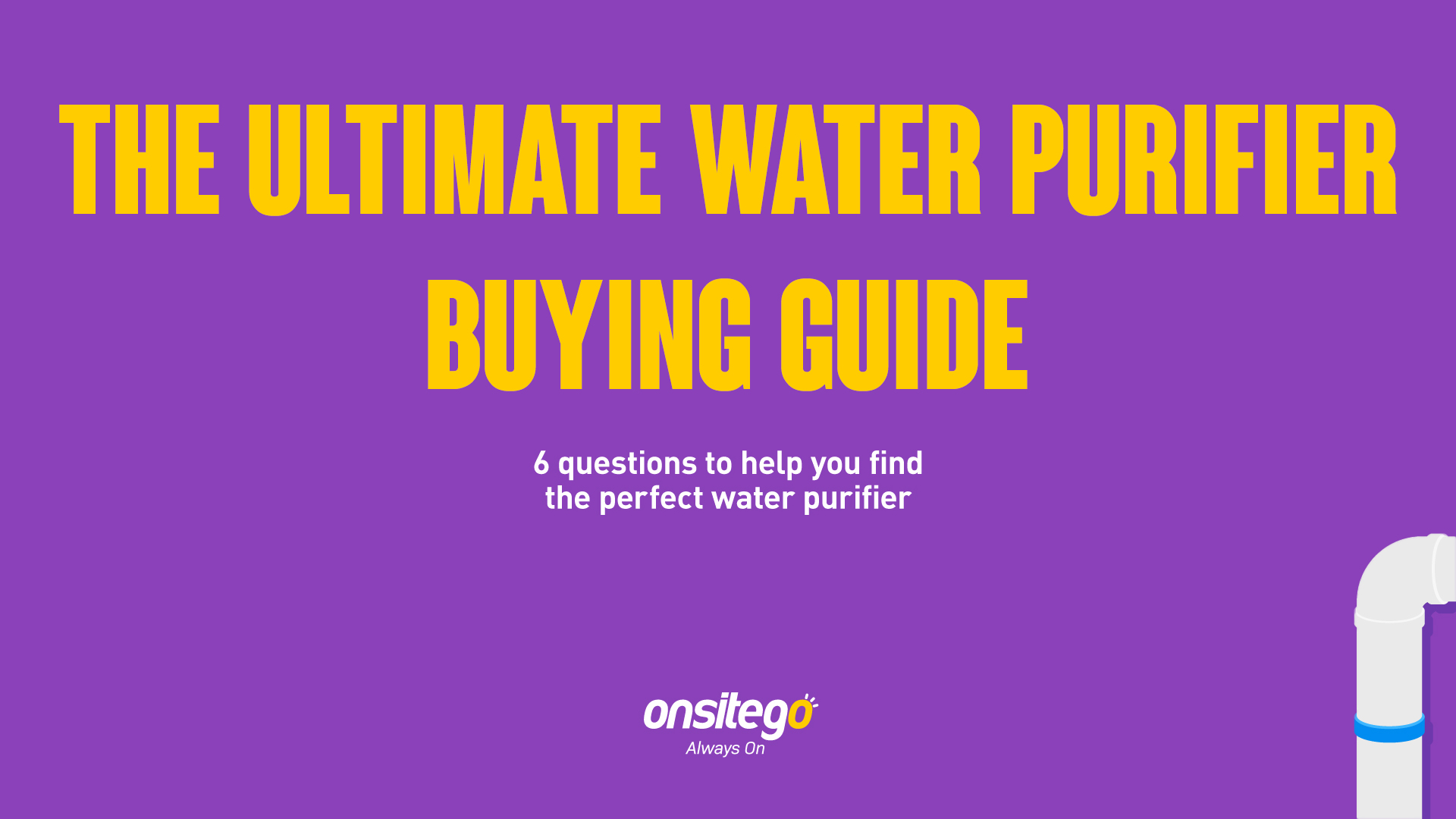

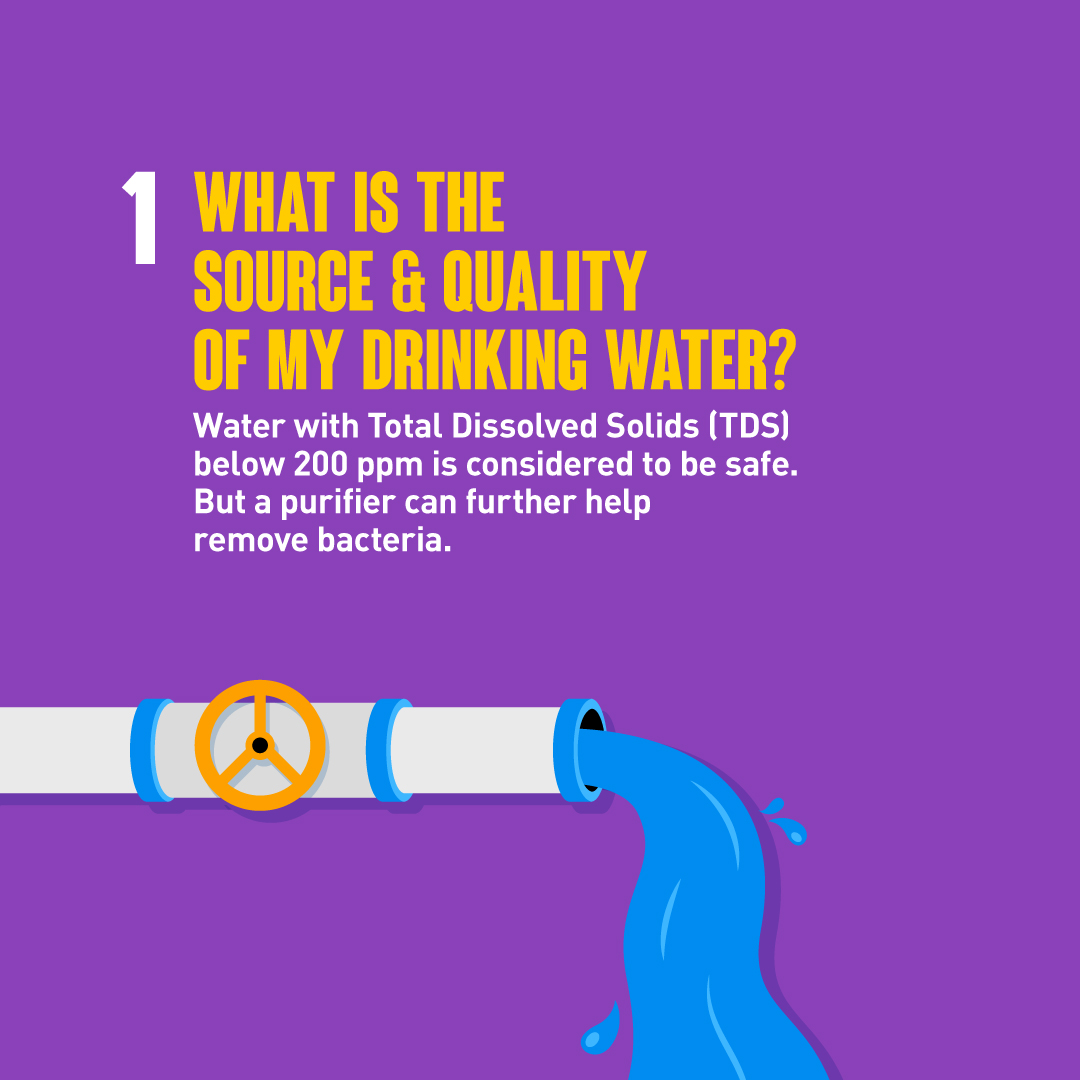




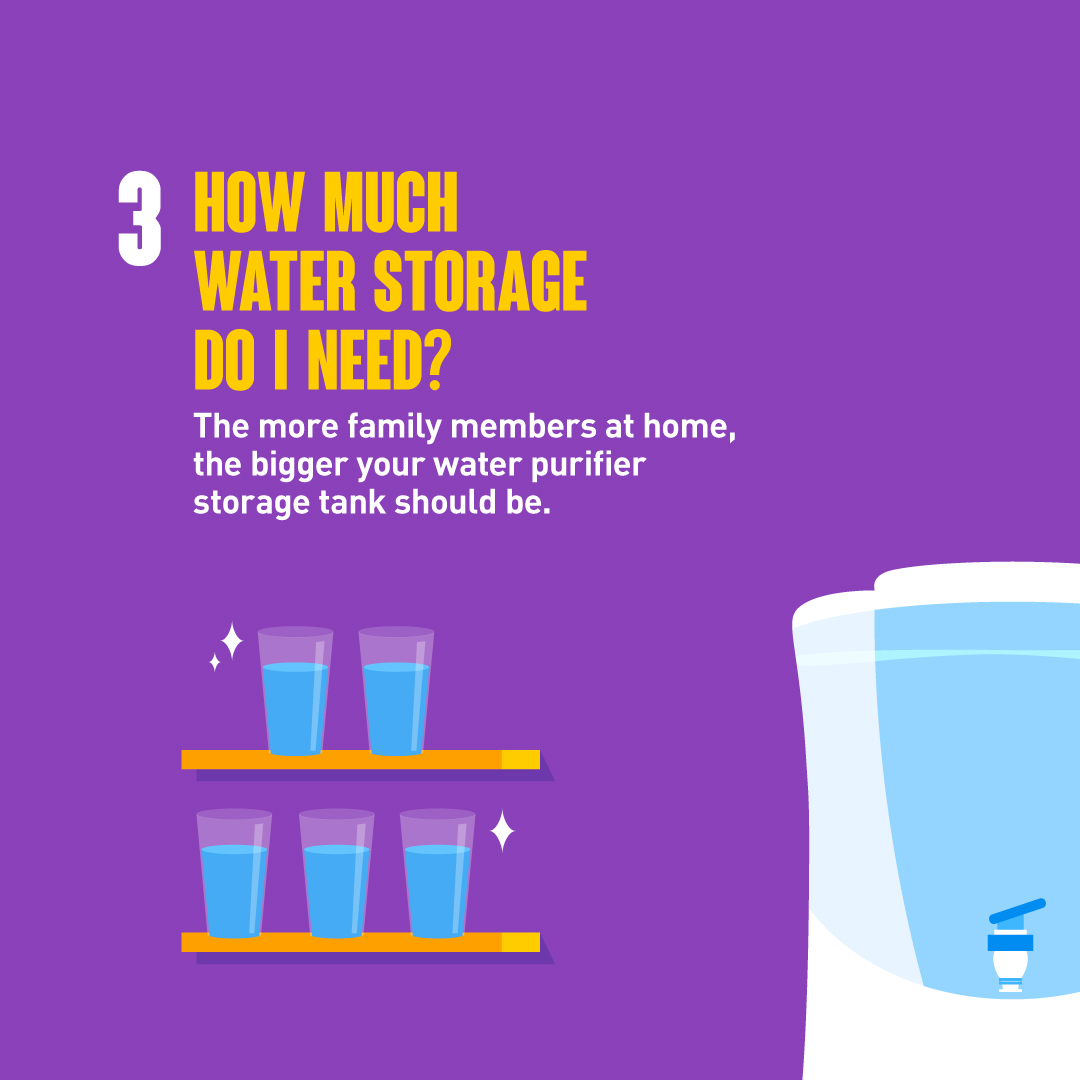

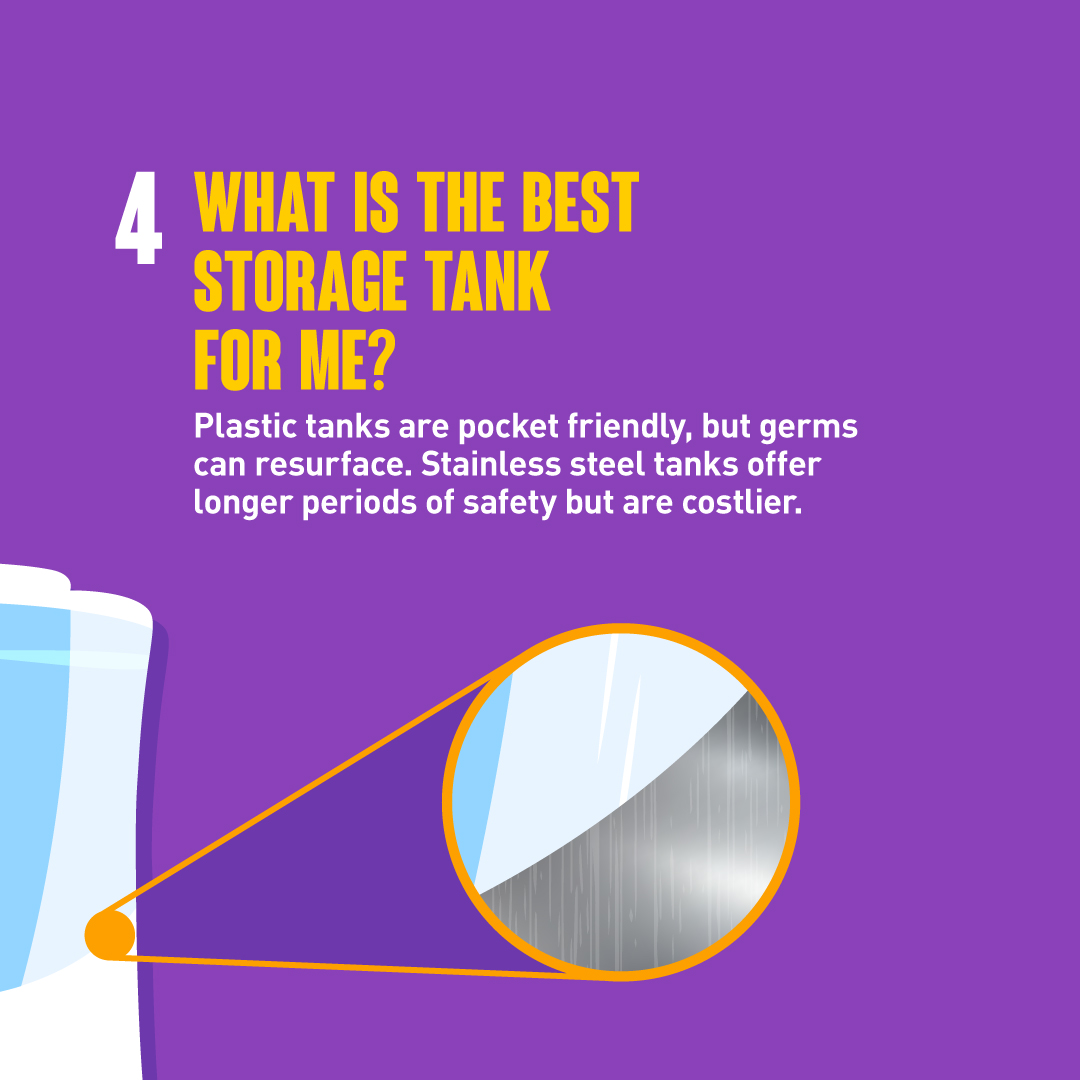
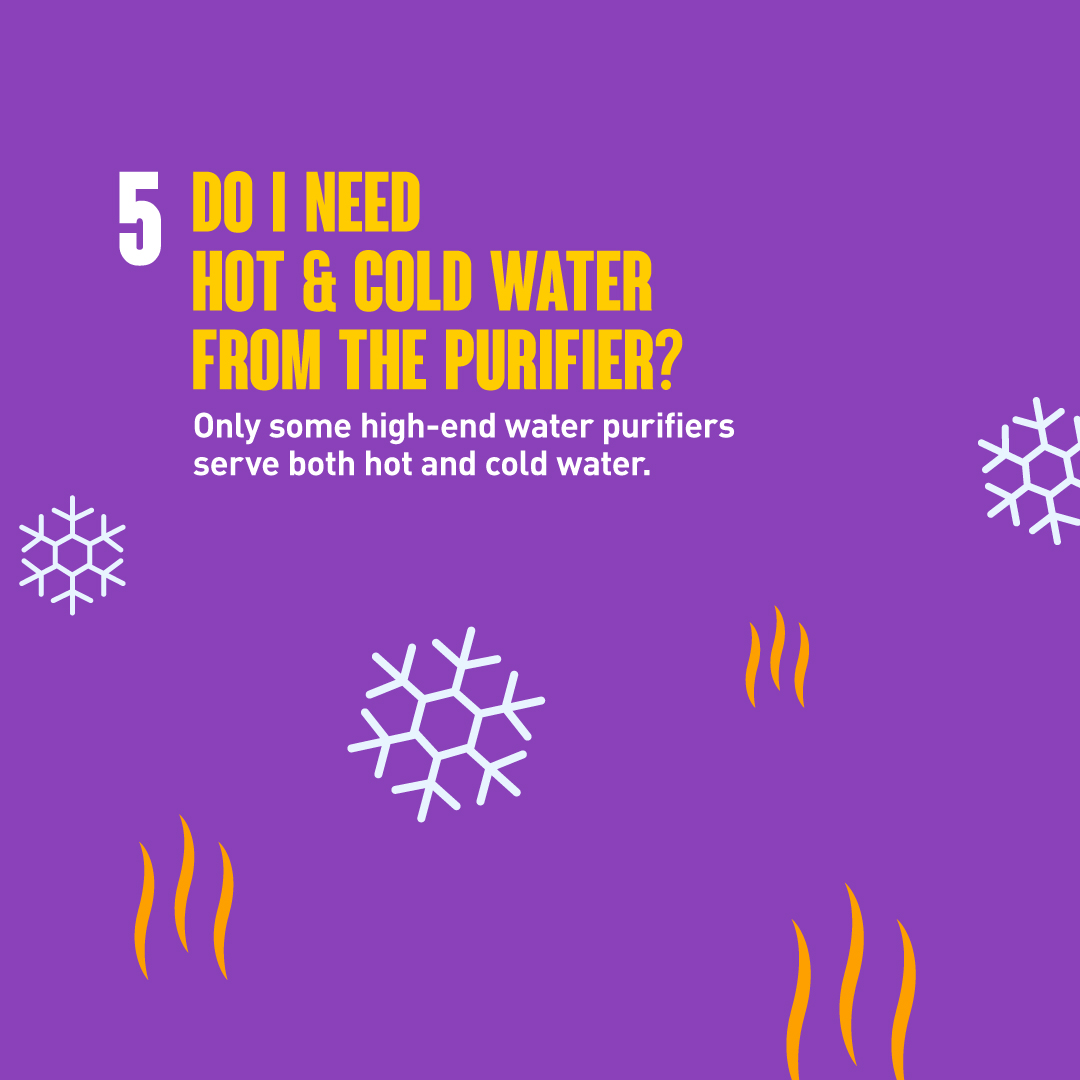

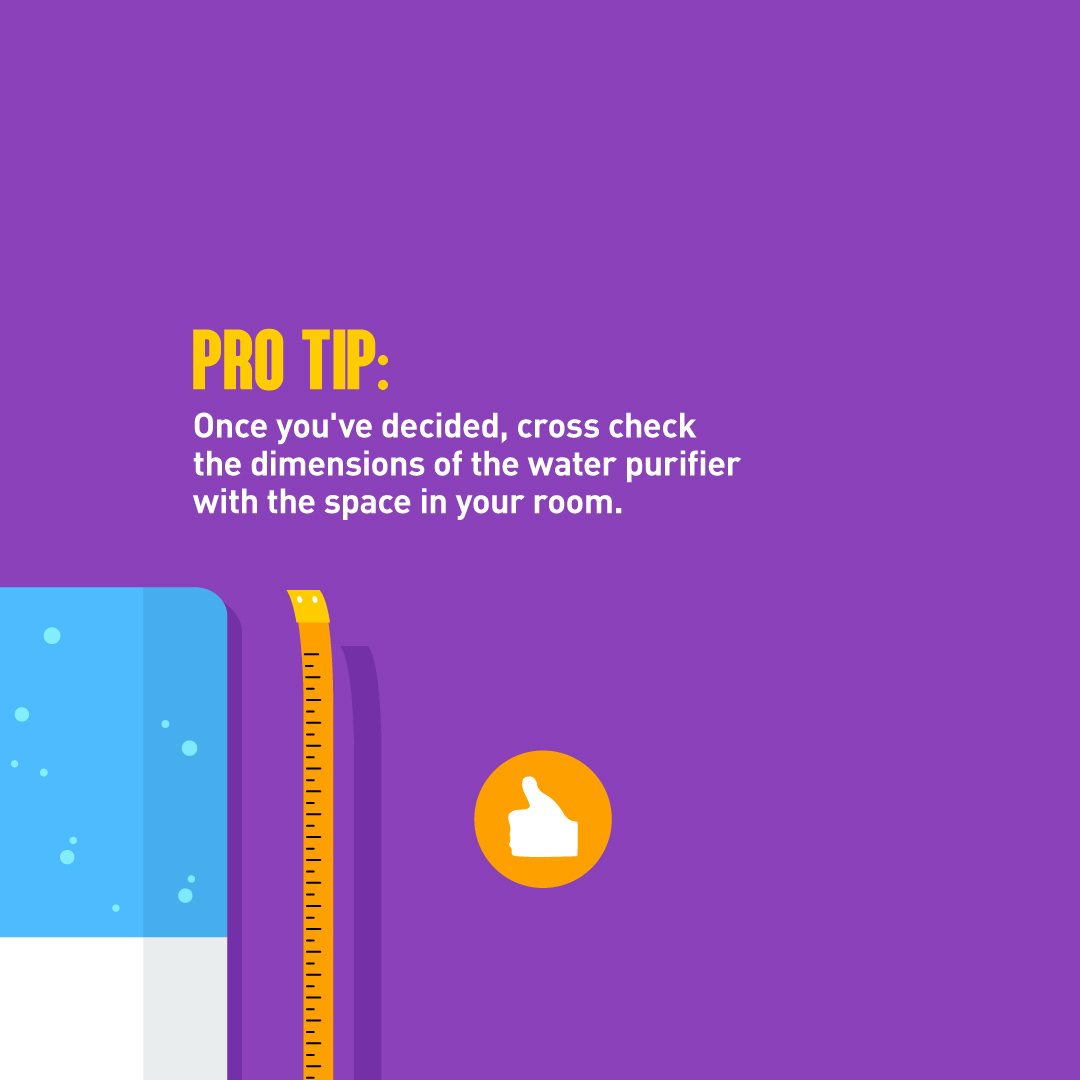
Discussion about this post